Propagating lupine, “Russell Hybrid” is the most commonly sold, is easier because the plants reseed themselves and since they thrive in a rich compost soil, slightly acidic, that is not too wet, there will be seedlings, similar to Columbine(below), in the years following to pot up or they can be propagated by division. Lupine is the State Flower of Texas and some of the prairie varieties can be poisonous to livestock. They bloom in colors ranging from yellow, blue, purple, red, pink, and white. Unlike many perennials lupine aids soil fertility by fixing nitrogen from the air in soil form that is beneficial for other plants in the garden bed. I initially raised lupine from seed, but unfortunately they didn’t receive the right amount of moisture so eventually they died and why they are better suited for colder climates in partial shade. They tend to be the most colorful perennial in the garden bed because of their wide ranging colors and because flower heads can grow up to 2 feet and beyond, but can be deadheaded for repeat blooms.
Update. I picked up seed packets of Lupine, Coneflower, Chives and Lavender at Wally World and planted outside in my silt/manure mixture. The first to germinate was Chives, second was Lupine, then Coneflower and lastly Lavender. Both the Chives & Lupine shot up, followed by Coneflower and dead last was Lavender which seems to hover in suspended motion and maybe even dying back. Didn't want to purchase plants and have had success in the past with Lupine & Coneflower and they are right when they say Lavender is tough to grow from seed.








































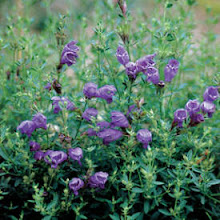
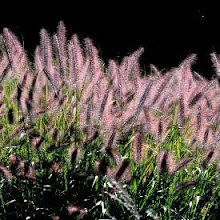

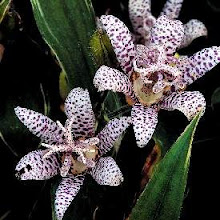

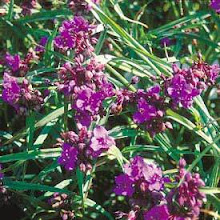



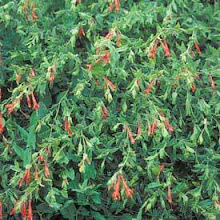
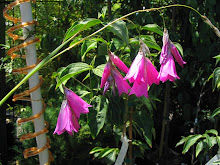





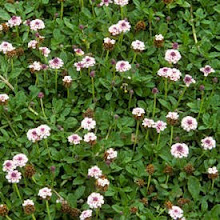
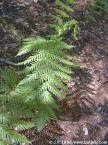








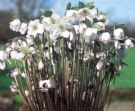
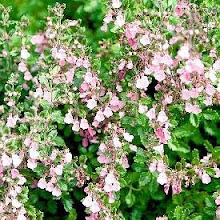

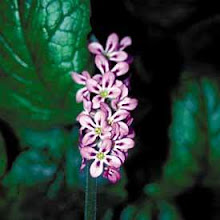

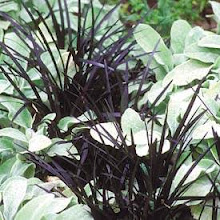


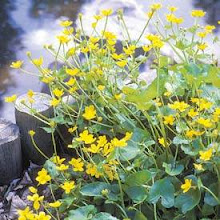









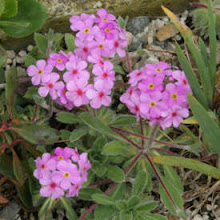



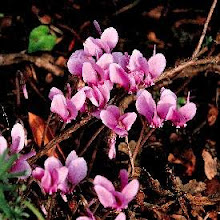

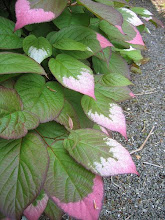
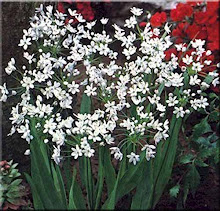
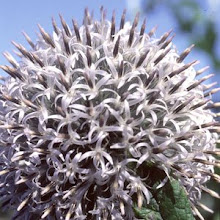



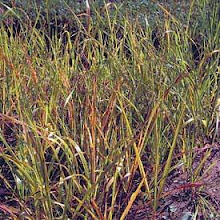

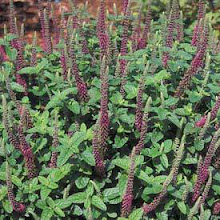





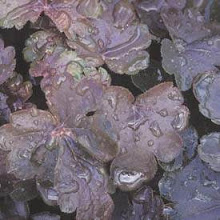








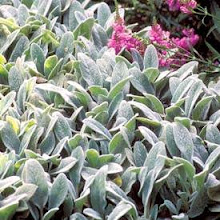

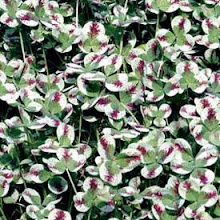


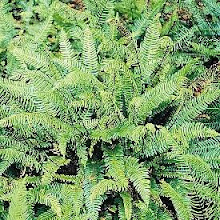

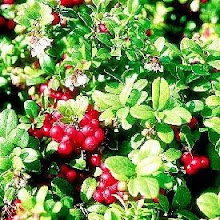



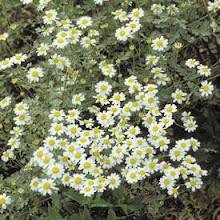
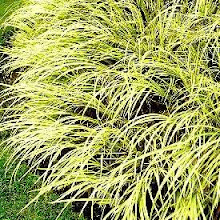










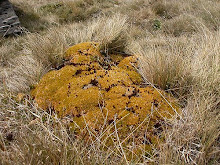
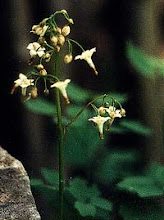


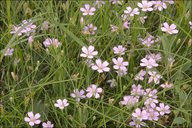

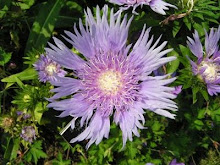












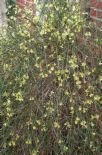






































































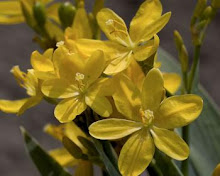










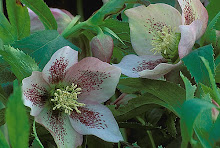












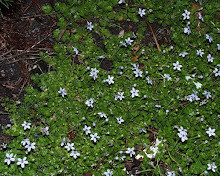




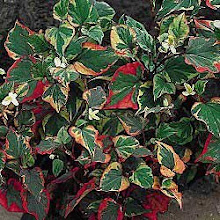







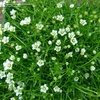
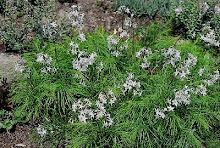















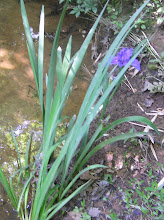




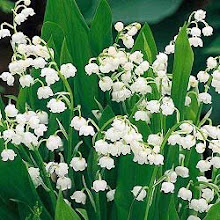






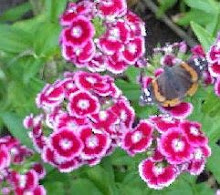










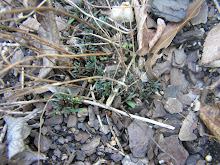

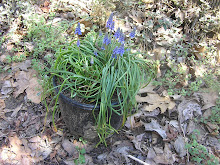
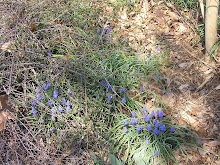
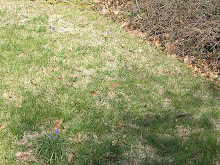


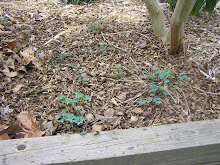

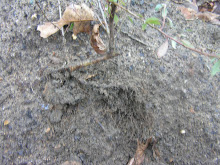
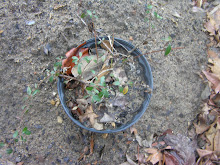


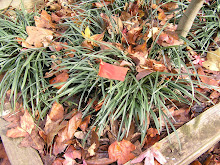
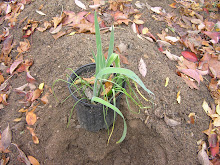


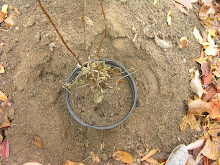
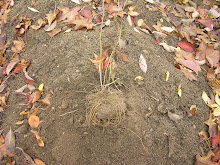
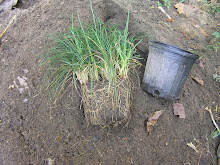

1 comment:
They are beautiful with a wide range of coplors.
Post a Comment